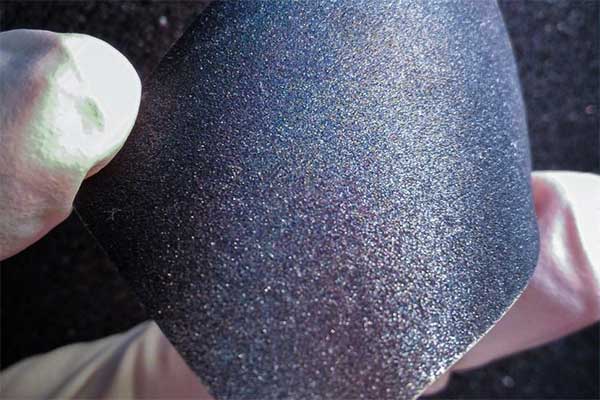A research group led by Prof. Meng Qingbo from the Institute of Physics (IOP) of the Chinese Academy of Science (CAS) and Prof. Xin Hao from Nanjing University of Posts and Telecommunications has reported 13.8% certified efficiency of emerging kesterite solar cells.
The study was published in Nature Energy on April 13.
Kesterite Cu2ZnSn(S, Se)4 (CZTSSe), as one of the most competitive thin-film photovoltaic materials, exhibits attractive advantages such as earth-abundant elemental reserves, optimal bandgaps for photovoltaic (PV) technology, and high stability.
CZTSSe solar cells show a power conversion efficiency (PCE) of 13% based on environmentally friendly solution systems. However, a large open-circuit voltage deficit still restricts further device performance enhancement, primarily due to high deep-level defects in the CZTSSe absorber.
In this study, the researchers regulated the kinetic process of CZTSSe phase evolution by controlling positive chamber pressures.
Under positive chamber pressures, the phase evolution process could be delayed to high temperatures (> 400°C).
Additionally, it would avoid complex phase evolution pathways and harmful secondary phases and achieve a high crystalline CZTSSe absorber with fewer defects.
The kesterite solar cell presented 14.1% PCE (total area) and a certified 13.8% PCE (total area), which is the highest result so far.
The researchers applied modulating transient photovoltage/photocurrent measurement to investigate the carrier dynamics process of kesterite solar cells. They found that the bulk defects were reduced by around one order of magnitude under positive chamber pressure, and the back interface contact property was also improved.
This study provides insights into the selenization mechanism of kesterite absorbers. It explores a new way of kinetic regulation strategy to simplify the phase evolution path to efficient kesterite solar cells.
—
Publication Referenced in the Article:
Jiazheng Zhou et al, Control of the phase evolution of kesterite by tuning of the selenium partial pressure for solar cells with 13.8% certified efficiency, Nature Energy (2023). DOI: 10.1038/s41560-023-01251-6
—
This article has been adapted from source material published by the Chinese Academy of Sciences.













Comments